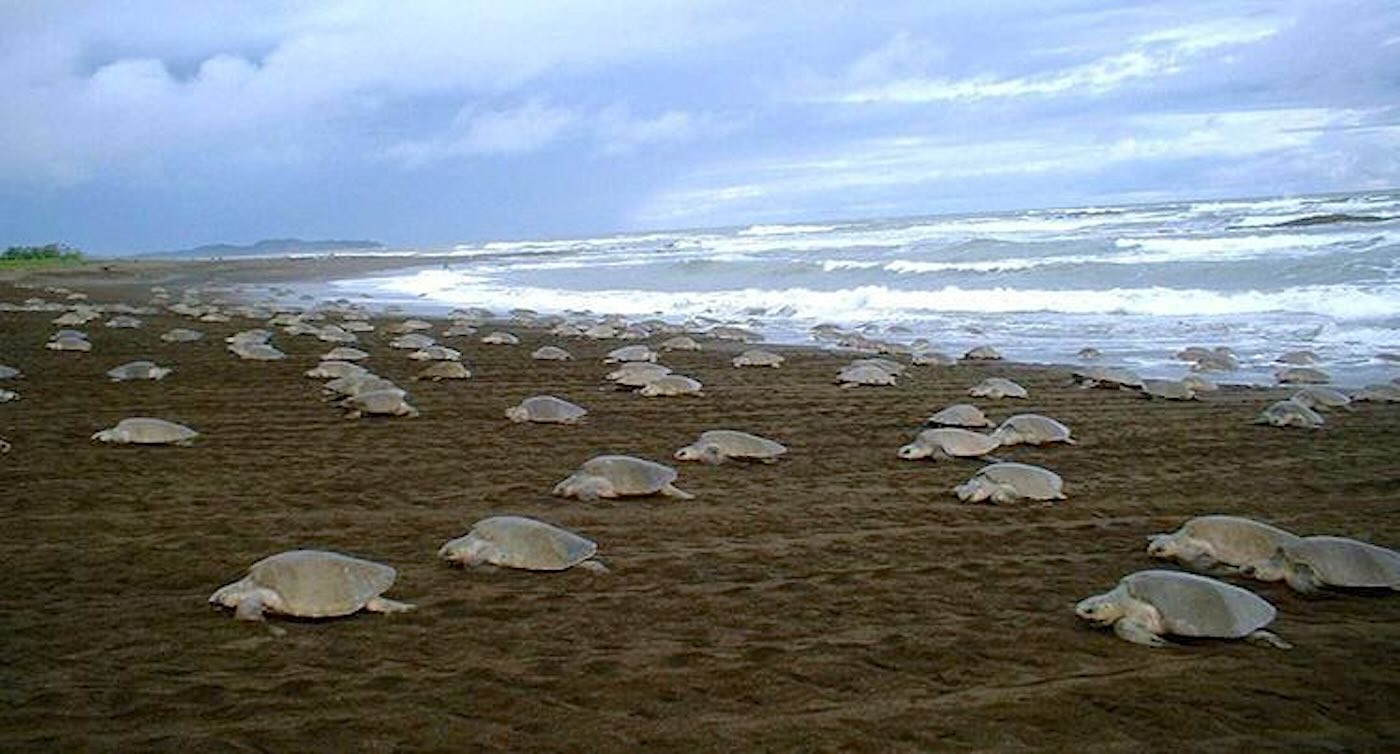Sea Turtles Are Making a Comeback - Hope for Marine Conservation

After decades of decline due to overhunting and habitat loss, sea turtles are showing remarkable signs of recovery. A new study highlights that most sea turtle populations around the world are rebounding thanks to increased protections and concerted conservation efforts. Marine Science Professor Graeme Hays from Deakin University emphasizes that sea turtles are a beacon of hope in marine conservation, with many nesting populations recovering against the odds.
Encouraging Findings from Marine Researchers
Collaborating scientists from the University and NOAA Fisheries have analyzed the trends among all seven species of sea turtles globally. Their findings revealed that most turtle populations are on the rise, particularly in regions where protective measures have been implemented. For example, the reduction or elimination of artificial lighting that confuses baby turtles and initiatives by regional fisheries to prevent turtle catches are proving effective.
A Shift in Public Attitudes
According to Jeffrey Seminoff, a research scientist who specializes in sea turtles, the increase in their numbers also reflects a broader societal shift. Younger generations increasingly view turtles not as commodities to hunt but as vital components of marine ecosystems worth protecting. Former poachers are now pivoting to ecotourism, guiding tours to observe nesting turtles, which provides new economic opportunities for local communities.
Statistical Evidence of Recovery
The review of nesting data suggests significant population increases are becoming more common. The scientists examined nearly 300 records of turtle populations over time, finding a generally positive trend. Notably, green sea turtles show significant growth in several areas, including a staggering 500% increase in egg-laying in the Seychelles. Similarly, loggerhead nests in Cape Verde skyrocketed from 500 to 35,000 between 2008 and 2020, highlighting the success of conservation efforts.
Challenges and Adaptive Strategies
While the outlook for many species is promising, challenges remain, especially for the largest sea turtle species, the leatherback, which faces declining populations in some areas. Nevertheless, researchers are identifying adaptive behaviors, such as nesting in cooler areas to escape rising temperatures—potentially providing a buffer against climate change impacts.
In conclusion, the encouraging news of sea turtle recoveries highlights the power of conservation efforts and societal change. With ongoing protections, these marine creatures could not only survive but thrive, restoring their ecological role in our oceans.